Tags
Related Posts
Share This
Zozo’s Return
“I’ve been coming to Zozobra since I was four,” says native Santa Fean and security officer Kenny Garcia. Since then, “it has lost its theme and become like a rock concert.”
“It just got out of control,” says Diego Baca, whose family follows Zozobra religiously. “They weren’t playing New Mexico music, there was a lot of commercialized stuff.”
Last year, additional complaints included the $20 ticket price and the tedious wait for Zozo to burn. This year, though they showed up with concerns from the previous year, Garcia and Baca shared a hope for Zozo’s 2013 make over.
For those of you who don’t know, Zozobra was created by William Shuster in 1924 as a pagan tribute. With the building and burning of the ugly old man, who held glooms in his white garments, Shuster hoped to integrate the art community into the Roman Catholic celebrations. His very first Zozoba was burned in his back yard and later, when the event was big enough, the city brought him to Fort Marcy Park as the official and appropriate kick off to fiestas, which itself dates back to Don Diego de Vargas’ re-conquering of the city from Pueblo Indians.
In many ways, stuffing the 50-foot puppet with the written glooms of the city, burning it, then celebrating with a weekend of fiestas, is Santa Fe’s very own New Year celebration.
“It’s an amazing ritual,” says University of New Mexico freshman Katrina Pederson, previous member of Santa Fe High Key Club. “After Zozobra and fiestas, everyone calms down and is ready for a new year.”
Kiwanis, the organization which orchestrates the event, was also ready for a new year after the complaints of the 2012 burn. They got to work right away.
“The planning started the day of last year’s event,” says Downtown Kiwanis Foundation President Garson Salas. After Shuster handed over Zozobra rights to the Kiwanis Club in 1964, the group of volunteers organized the event for the benefit of raising community money.
“Here in Santa Fe,” Salas says, “we’re more of a Rotary Club…we write a lot of check to a lot of organization to do the work for us.” He adds, however, that money made from Zozobra will fund organizations such as the Key Club, a high school division of Kiwanis, and out-of-state district conventions for youth leaders. Though this part of Kiwanis has not changed, for the first time in many years, the Santa Fe organization appointed a new producer, Ray Sandoval, to draft the new and improved Zozobra show.
“Since it’s a new administration putting it together,” Salas says, “they kind of re-built the wheel. They started from the ground and did everything, but next year we will have books written for the next department head.”
This year, the new plans included a return to $10 tickets and free admittance for children 10 years and younger. As for a attendance, Salas explains that the committee voted against changing the event from a Thursday to a Friday.
“Thursday is still a work day,” says security guard Garcia. “Not too many tourists can attend and it leaves more room for locals.”
And if you tried to stream Zozobra online Thursday night and found no active links, that was because the committee decided against a camera crew. No multiple shots of Old Man Gloom in a nice movie package! Kiwanis hoped that with the change of field size and lowering of ticket prices, that physical attendance would be preferred.
Thursday, before Zozo’s burning, Salas further shared insights into the 89th burning of Zozobra. “We are expecting between 30,000 to 48,000 people this year,” he said. “That’s going to be a record for us. In the past we’ve been limited to 25,000 people, but the city has since changed the field around and raised the capacity.” This year, “the back of Fort Marcy Park is open for spectators and the front is set to hold 30,000, which is insane.”
“They’re going to have more fireworks this year,” Baca said before Zozo’s burn, sharing some insider’s information. “They had to get an additional noise permit so it’s going to be twice as loud as it normally is, which is amazing because it’s usually loud enough as it is.”
As for changes in the show itself, Baca said, “they’ve done away with additional fire dancers and,” with the main fire dancer, they’ve brought back the “twelve torch bearers, which symbolize the twelve people from the village that came to help execute Zozobra.”
Appreciative of his front row seats, Baca shared that this event was his family’s tenth year in the same spot: right in front! The kids will “enjoy it and they won’t have someone as tall as me standing in front of them,” Baca said, as the kids whipped out their glow sticks.
Speaking of front row, Salas pointed out that the entertainment stage, where in past years the Spanish court introduced themselves, was moved to the side of the park, “so you can focus on Zozobra.” Indeed, the parade of the men and woman portraying the roles of Don Diego de Vargas’ court was in plain view as the show launched. There was little impeding the view for Baca’s children as they starred at the mesmerizing fire dancer, who came out to taunt Zozobra this year with the twelve torch bearers and 48 white-sheeted children, called gloomies.
So how did the 89th burning of Zozobra turn out? Some pre-show rock music with a good amount of marriachi, many picnic blankets in the afternoon, wicked lights, a parade of the lovely Spanish court, a presentation of the glooms by Mayor Coss, one taunting fire dancer, many eerie groans from Zozo (that could have perhaps been louder), a quick and exciting burst of flame, and an awesome display of fireworks as an upset marionette collapsed to the ground.
And as the crowd dispersed from Fort Marcy field, four words emerged from the smoke: Thank you, Santa Fe.






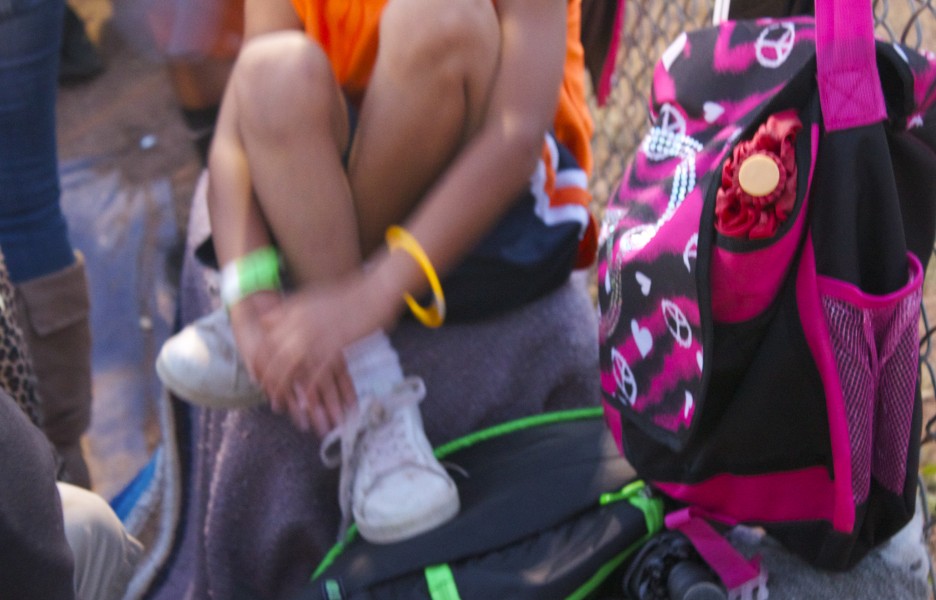
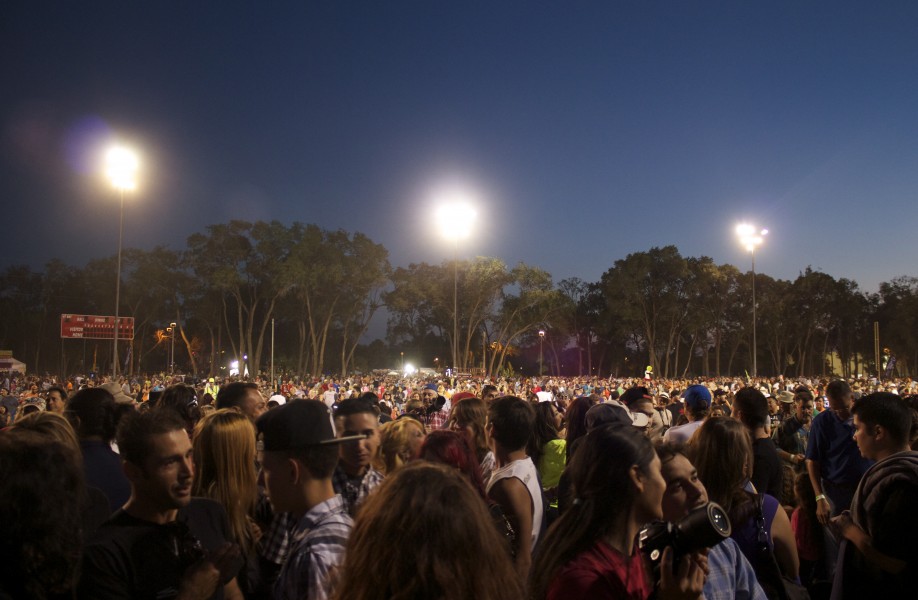
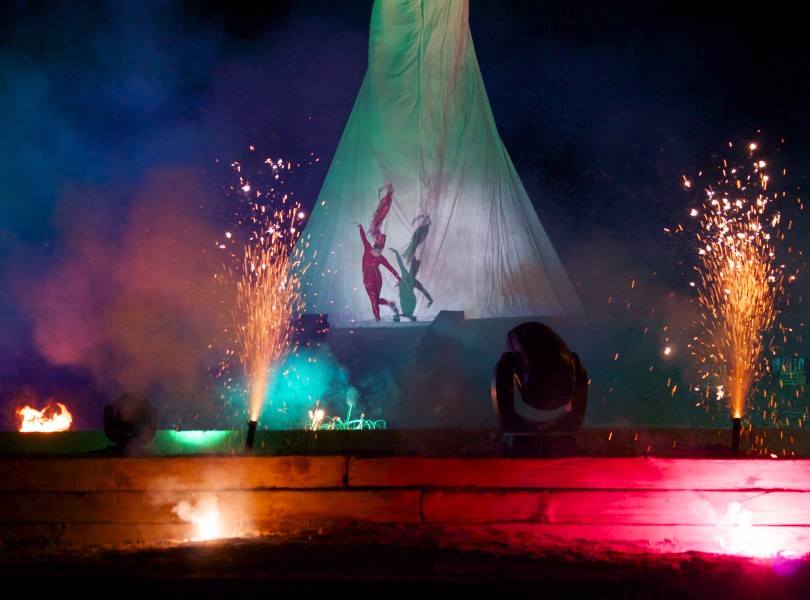
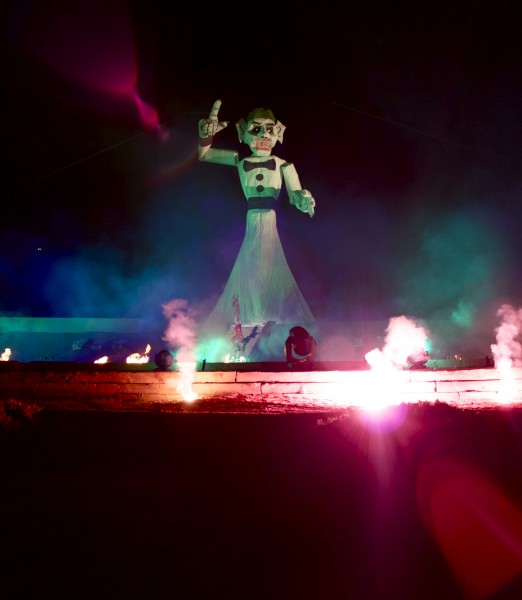
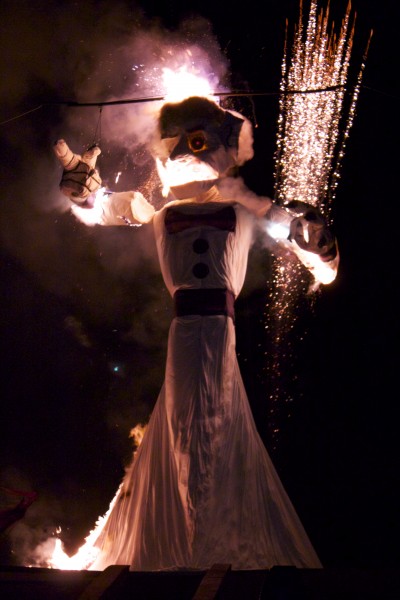
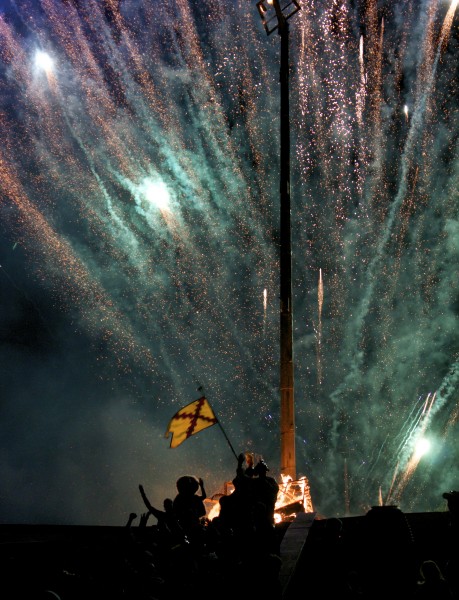
 Jackalope Magazine is the student magazine of Santa Fe University of Art and Design. Building on the interdisciplinary nature of our education, we aim to showcase the talent of our university and character of our city.
Jackalope Magazine is the student magazine of Santa Fe University of Art and Design. Building on the interdisciplinary nature of our education, we aim to showcase the talent of our university and character of our city.
Recent Comments